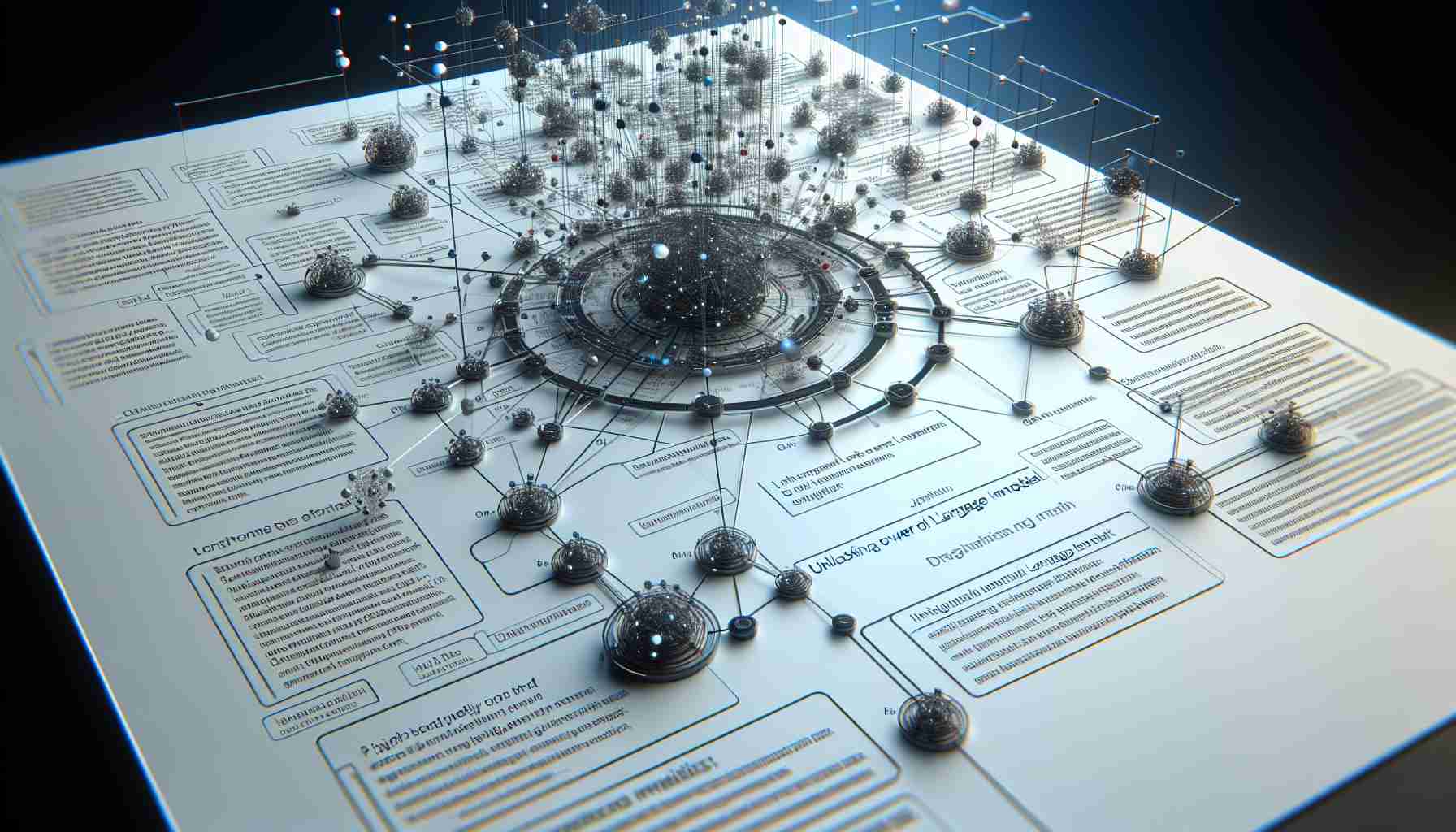Large Language Models (LLMs) have revolutionized various industries, ranging from healthcare to entertainment, thanks to their exceptional capabilities in Natural Language Processing (NLP) and Natural Language Generation (NLG). However, extending the functionality of these models beyond the data they are trained on has posed a significant challenge in the field of Language Model research.
To tackle this issue, Microsoft Research has developed an innovative solution called GraphRAG. GraphRAG leverages LLM-generated knowledge graphs to enhance the performance of Retrieval-Augmented Generation (RAG) systems. Unlike traditional RAG methodologies that rely on vector similarity for search strategies, GraphRAG introduces LLM-generated knowledge graphs to analyze complex information in documents, resulting in improved performance.
The traditional baseline RAG systems often struggle to understand condensed semantic concepts and establish connections between unrelated data. In contrast, GraphRAG offers a more sophisticated approach, as evidenced by extensive analysis.
Microsoft Research conducted a thorough analysis using the Violent Incident Information from News Articles (VIINA) dataset to showcase the potential of GraphRAG. The results demonstrated GraphRAG’s superior performance compared to baseline RAG, especially in scenarios requiring comprehensive understanding of semantic concepts and making connections.
Moreover, the team enriched their LLM-based retrieval by creating a private dataset. They translated thousands of news stories from Russian and Ukrainian sources into English, which further enhanced their GraphRAG system. When compared to baseline RAG, GraphRAG displayed exceptional capabilities in handling queries that demanded aggregating data from multiple datasets.
GraphRAG outperformed baseline RAG by grouping the private dataset into relevant semantic clusters using a structured knowledge graph. This approach enabled GraphRAG to provide comprehensive overviews of topics and concepts, significantly enhancing the retrieval part of RAG.
In conclusion, Microsoft Research’s GraphRAG offers a groundbreaking development in Language Models by harnessing the power of knowledge graphs created by LLMs. This unique methodology opens up new possibilities for data exploration and establishes GraphRAG as a powerful tool for augmenting retrieval-augmented generation’s capabilities. With GraphRAG, LLMs are now able to solve intricate problems on private datasets, revolutionizing the field of Language Model research.
Large Language Models (LLMs) are advanced models that excel in Natural Language Processing (NLP) and Natural Language Generation (NLG), revolutionizing industries such as healthcare and entertainment. However, extending their functionality beyond trained data has been a challenge.
GraphRAG is an innovative solution developed by Microsoft Research to address this challenge. It leverages LLM-generated knowledge graphs to enhance Retrieval-Augmented Generation (RAG) systems. Unlike traditional RAG methods, GraphRAG analyzes complex information through LLM-generated knowledge graphs, resulting in improved performance.
Traditional RAG systems struggle with condensed semantic concepts and establishing connections between unrelated data. GraphRAG offers a more sophisticated approach, as demonstrated by extensive analysis.
Microsoft Research showcased GraphRAG’s potential using the VIINA dataset, focusing on Violent Incident Information from News Articles. The results highlighted GraphRAG’s superior performance, especially in scenarios requiring comprehensive understanding and making connections between semantic concepts.
The team further improved GraphRAG by translating news articles from Russian and Ukrainian sources into English, creating a private dataset. GraphRAG’s exceptional capabilities in handling queries that aggregate data from multiple datasets outperformed baseline RAG.
GraphRAG achieved this by grouping the private dataset into relevant semantic clusters using a structured knowledge graph. This allowed GraphRAG to provide comprehensive overviews of topics and concepts, significantly enhancing the retrieval aspect of RAG.
In summary, Microsoft Research’s GraphRAG is a groundbreaking development in Language Models. It harnesses the power of knowledge graphs created by LLMs, enabling new possibilities for data exploration. GraphRAG’s capabilities revolutionize Language Model research, allowing LLMs to solve intricate problems on private datasets.
Related Links:
– Microsoft Research
The source of the article is from the blog crasel.tk

